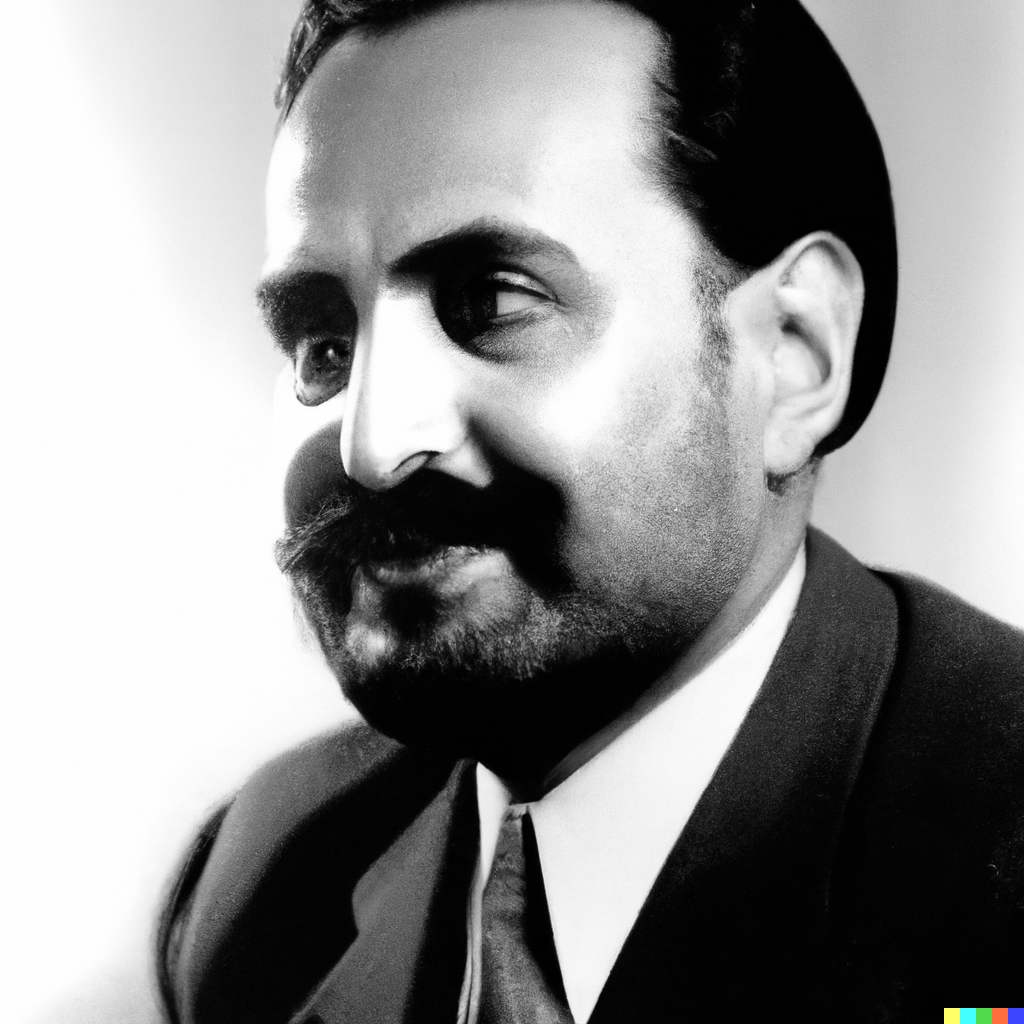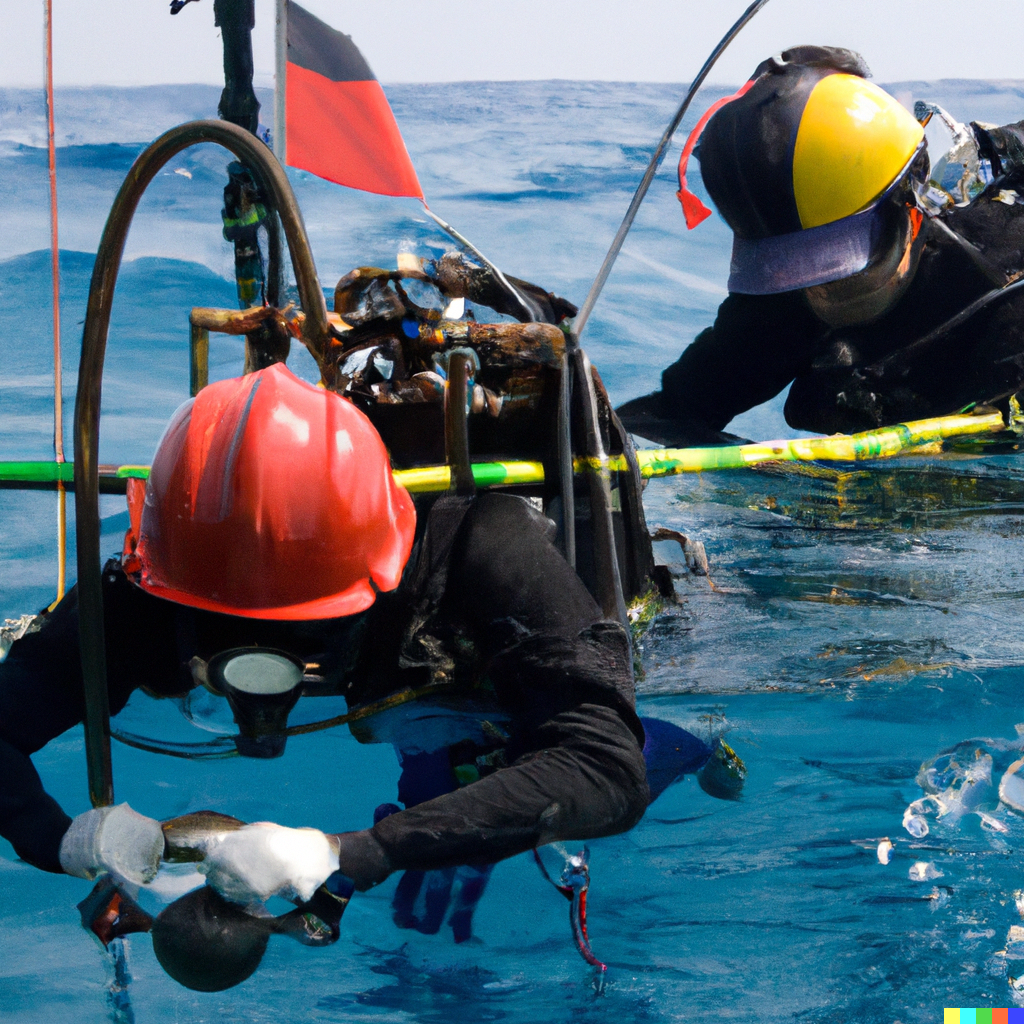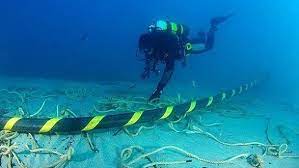News
Unleashing the Power of Fibre Optic Cabling:
Celebrating the Origins: A Brief Journey Through Fibre Optic Technology's History.
The first fibre optic cable was invented in 1956 by Narinder Singh Kapany, a physicist from India who was working at Imperial College London, Kapany's invention was a major breakthrough in the field of telecommunications. It showed that light could be used to transmit information over long distances, and it paved the way for the development of modern fibre optic cables.
However, it wasn't until the 1970s that fibre optic cables began to be used for commercial applications. In 1970, Charles Kao, a British physicist, developed a new type of fibre optic cable that was made of pure silica. This type of cable was much stronger and more durable than Kapany's cable, and it could transmit data over much longer distances.
The world's first fibre optic telephone call was made 7 years later April 22, 1977, and lasted 15 minutes. That call was made by General Telephone and Electronics (GTE), and it used a fibre optic cable that was 2,400 miles long.
That call was made at a bit rate of 6 Mbit/s, which was a significant improvement over the copper cables that were used at the time.
In the years since the first fibre optic telephone call, fibre optics have become the backbone of the telecommunications industry. Fibre optic cables are now used to carry voice, data, and video traffic all over the world.

Connecting Continents, explore the Marvel of Transatlantic Fibre Cables
The world’s first transatlantic fibre optic cable was TAT-8, which stands for Transatlantic Telephone Fibre-Optic Submarine Cable. It was completed in late December of 1988, and was a massive feat of engineering. It is 5,846 kilometres (3,632 mile) long, stretching from the United States to the United Kingdom. The cable cost more than $330 million to build and was operational until 2002.
The world's first transatlantic fibre optic cable was a major technological achievement that helped to revolutionize the way we communicate. It was a symbol of the growing importance of telecommunications in the world, and it helped to pave the way for the development of the internet.
The Asia-America Gateway (AAG) is the world's longest fibre optic cable. It is a 20,000-kilometer (12,427-mile) submarine communications cable system that connects South-East Asia with the mainland of the United States, across the Pacific Ocean. The cable has 16 landing points, which are located in the United States, Japan, China, Hong Kong, the Philippines, Singapore, and Guam.
The AAG was completed in 2009 and involved the use of 20 ships and 1,000 people. The cable was buried at a depth of 3.7 kilometres (2.3 miles) below the ocean floor. The installation of the AAG was a major technological achievement. It showed that it is possible to install long-distance submarine cables in a safe and efficient manner.
The AAG is now a vital part of the global telecommunications infrastructure, and it helps to ensure that data can flow smoothly between the Americas and Asia.







